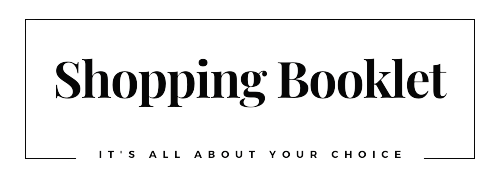PEPSI
History
Caleb Bradham created Pepsi in 1893 as “Brad’s Drink,” which he marketed out of his drugstore in New Bern, North Carolina.
In 1898, the company changed its name to Pepsi-Cola, with “Pepsi” standing for the product’s purported ability to treat dyspepsia (indigestion) and “Cola” for the cola flavor. Although pepsin itself was never added to Pepsi-Cola, some have speculated that the name “Pepsi” may have been a reference to the beverage’s ability to ease digestion.
Vanilla and sugar were also used in the original recipe. Bradham wanted to make a tasty fountain drink that would also improve digestion and give people more energy.
Vanilla and sugar were also used in the original recipe. Bradham wanted to make a tasty fountain drink that would also improve digestion and give people more energy.
The first Pepsi-Cola wordmark, used between 1898 and 1905
Bradham transferred the bottling of Pepsi from his pharmacy to a rented warehouse in 1903. Bradham sold 7,968 gallons of syrup throughout that year. The sales of Pepsi climbed to 19,848 gallons the next year after being offered in six-ounce bottles. Barney Oldfield, a pioneer in motor racing, was the first famous person to praise Pepsi in 1909 and called it “a bully drink…refreshing, invigorating, a fine bracer before a race.” Over the following 20 years, the advertising slogan “Delicious and Healthful” was utilized.
The Pepsi-Cola Company declared bankruptcy in 1923, largely as a result of financial losses from gambling on the drastically shifting prices of sugar following World War I. Roy C. Megargel obtained the Pepsi trademark after selling off assets. Megargel’s efforts to secure money to revitalize the brand were fruitless, and Charles Guth, the CEO of Loft, Inc., shortly acquired Pepsi-Cola’s assets. Candy producer Loft operated retail locations with soda machines. After The Coca-Cola Company declined to give him any further discounts on syrup, he tried to substitute Coca-Cola at the fountains in his businesses. Guth then requested that the Pepsi-Cola syrup formula be revised by Loft’s chemists. In three instances from 1922 to 1933, the Coca-Cola Company was offered the opportunity to purchase the Pepsi-Cola Company, which it declined on each occasion.

Growth in popularity
Pepsi’s popularity increased during the Great Depression as a result of the release of a 12-ounce (355 mL) bottle in 1934. Before that, Pepsi and Coca-Cola charged around $0.05 per bottle for 6.5-ounce (192 mL) portions of their beverages.[Reference needed] With a radio ad campaign that featured the well-known jingle “Nickel, Nickel,” which was first performed by the Tune Twisters in 1940, Pepsi urged price-conscious customers to double the amount they could buy with their nickels. The jingle’s arrangement makes it loop, giving the song an endless melody:
“Pepsi-Cola hits the spot / Twelve full ounces, that’s a lot / Twice as much for a nickel, too / Pepsi-Cola is the drink for you.”
The ad, which was launched during the financial crisis, was successful in raising Pepsi’s profile. Profits for Pepsi-Cola doubled from 1936 to 1938.
From 1951 until 1971, the Pepsi-Cola wordmark was stylised. In 2014, it was reinstated.
Guth led Pepsi to success, while Loft Candy’s operations were struggling. The nearly bankrupt Loft Company sued Guth for ownership of the Pepsi-Cola company because he had first exploited Loft’s resources to build the new Pepsi success. Guth lost the protracted legal conflict that followed, Guth v. Loft, which went all the way to the Delaware Supreme Court.



